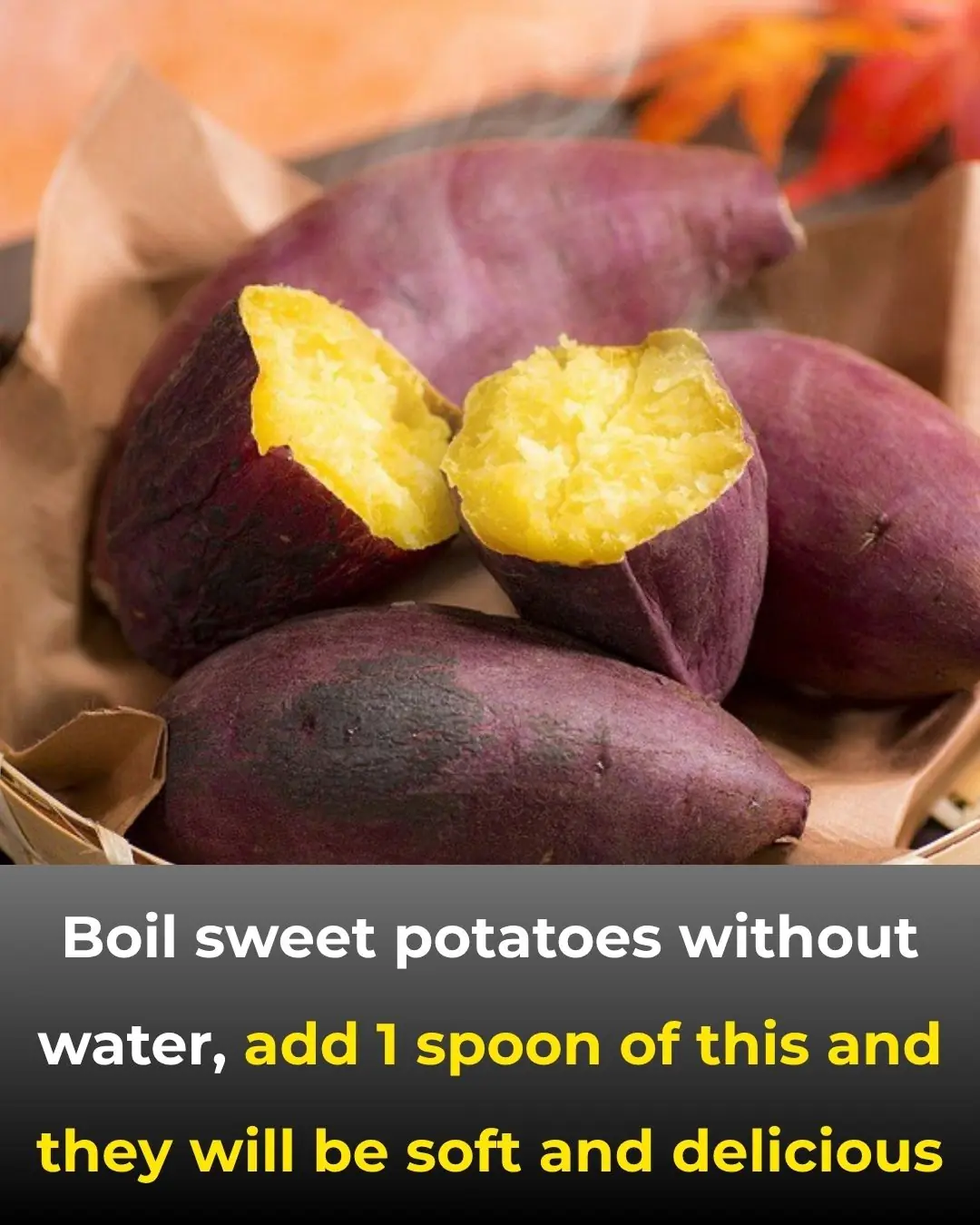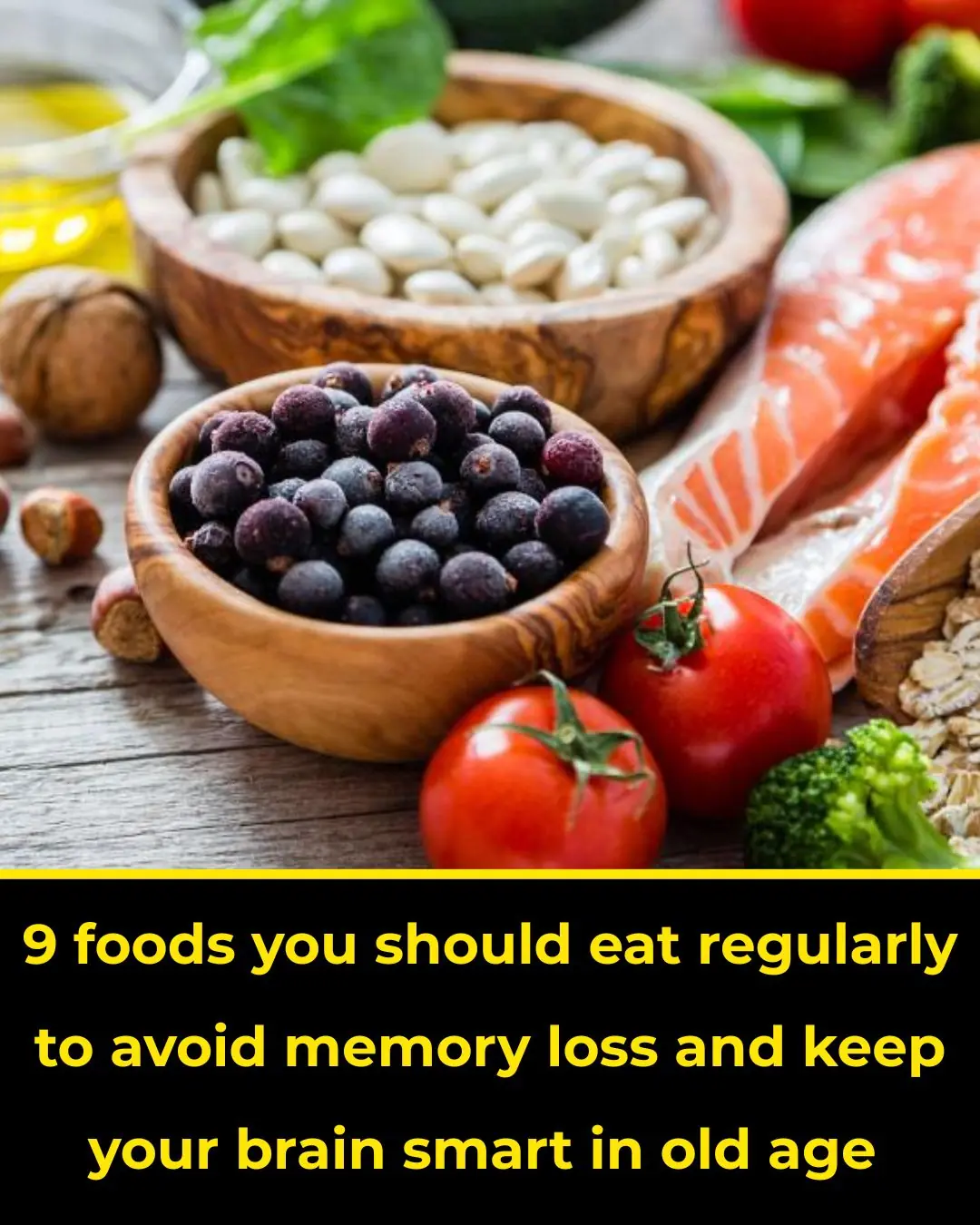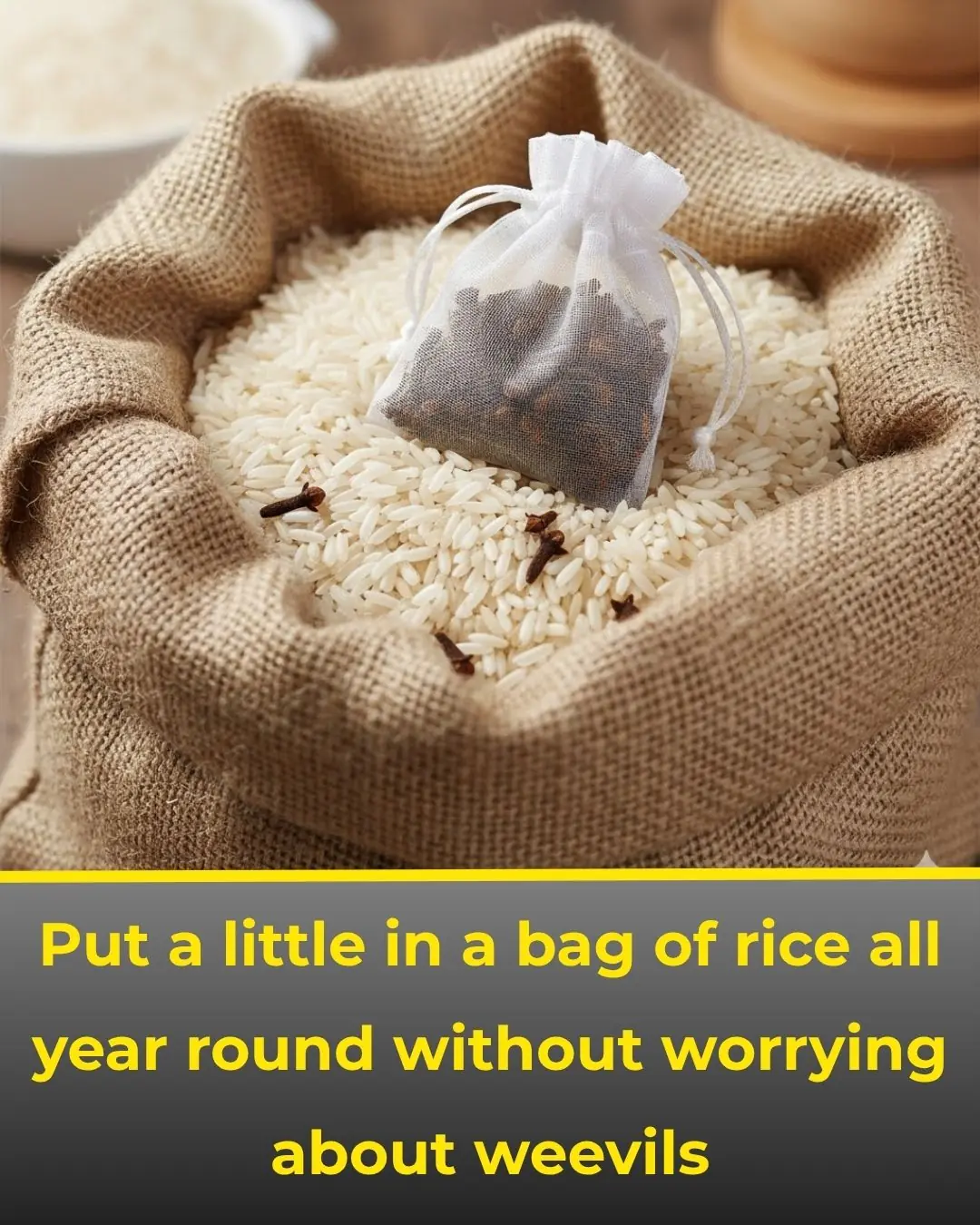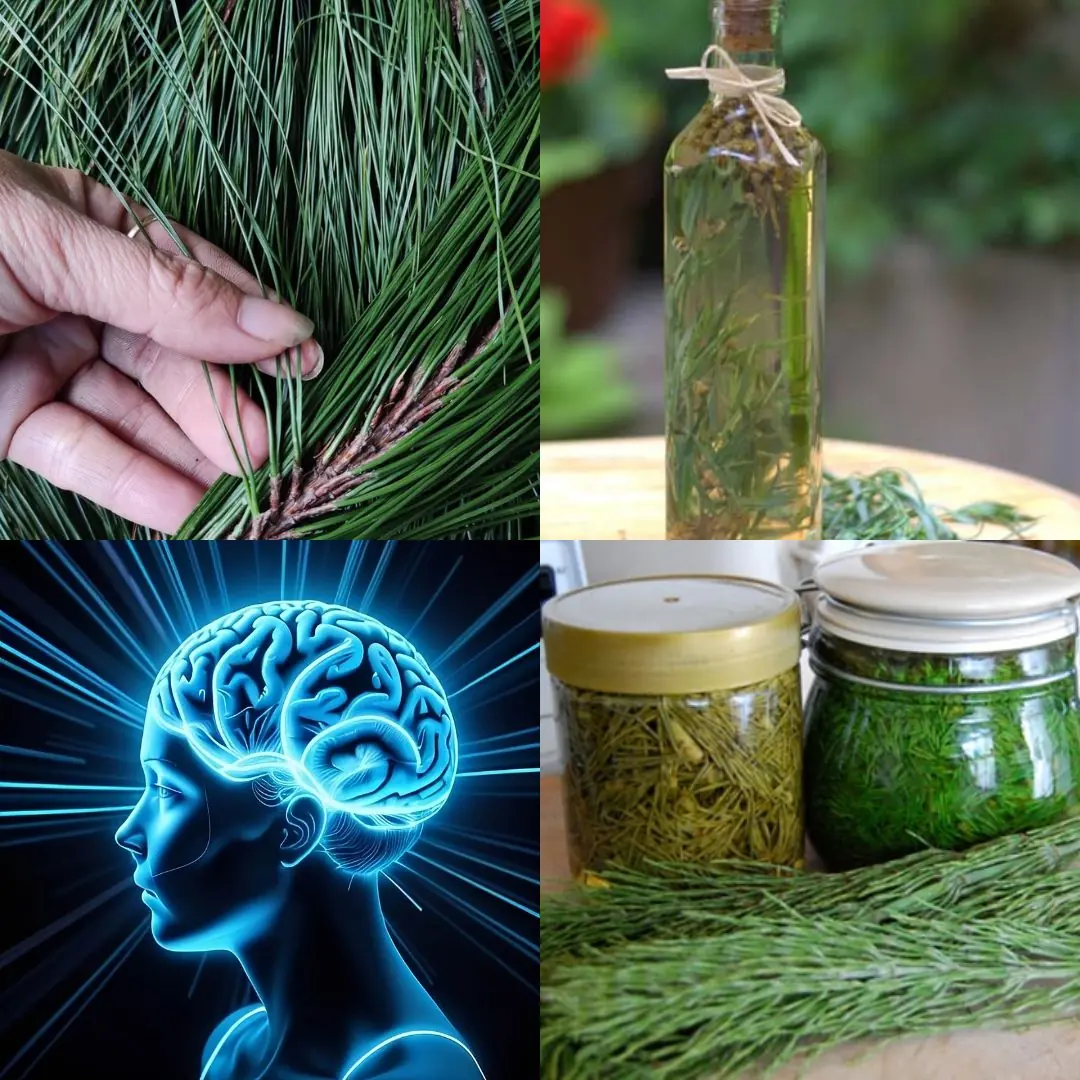
Pork skin: the cheap cut many people discard — and how to use it wisely for nutrition and safety
Used the right way, pork skin can be a protein-rich ingredient that adds texture to soups, braises and salads. It’s mostly collagen, the structural protein that helps form connective tissue in skin, tendons and cartilage. Properly prepared, pork skin can contribute useful amino acids and provide a satisfying, high-protein bite at low cost — but there are also limits and cautions to keep in mind (USDA; Harvard T.H. Chan School of Public Health). (USDA; Harvard)
What’s in pork skin? (nutrition snapshot)
-
High protein, low carbohydrate. Pork skin is dominated by collagen, which breaks down to gelatin and amino acids such as glycine, proline and hydroxyproline when cooked slowly. These amino acids are the “building blocks” your body uses to make and maintain connective tissues (Harvard; NIH/PMC collagen reviews). (Harvard; NIH/PMC)
-
Fat varies by preparation. Fresh, simmered skin is comparatively lean; fried/processed rinds (chicharrón) are energy-dense and often very high in sodium. One ounce of commercial pork rinds can contain hundreds of milligrams of sodium — something people with hypertension must watch (USDA FoodData Central; American Heart Association). (USDA; AHA)
-
Micronutrients. Pork skin provides small amounts of minerals (e.g., zinc, selenium) that support immune function and antioxidant defenses, but it is not a major source of vitamins compared with vegetables or fruit (USDA). (USDA)
Note: You’ll sometimes read that pork skin’s fat “is like olive oil.” That’s overstated. Pork fat does contain oleic acid (a heart-healthier monounsaturated fat), but it also contains a substantial share of saturated fat; it does not have the same cardio-protective profile as olive oil (Harvard). (Harvard)
Potential benefits — what the science actually supports
-
Joint and skin support (modest, not magic).
Collagen-rich foods add gelatin and collagen peptides to your diet. Clinical trials of oral collagen peptides (usually purified supplements, not pork skin per se) show modest improvements in skin elasticity and hydration and potential benefits for joint comfort in some people. That’s encouraging — but effects are gradual and small, and results depend on dose and product quality (systematic reviews in dermatology and nutrition journals). (J Drugs Dermatol 2019; Nutrients 2021) -
High protein with little carbohydrate.
Because pork skin (especially simmered or stewed) is low in carbs and high in protein, it can help with satiety (feeling full) when used in balanced meals — useful for people aiming to manage weight while keeping total calories and sodium under control (Harvard). (Harvard) -
Budget nutrition.
Pork skin is often inexpensive or discarded. Turning it into stock, soups, or braises reduces food waste and adds protein and mouthfeel without resorting to ultra-processed snacks (USDA; Harvard). (USDA; Harvard)
⚠️ No single food “prevents cancer.”
Some social posts claim pork skin or collagen can “fight aging and cancer.” Evidence does not show pork skin prevents cancer. In fact, processed meats (including some pork-skin snacks if cured or heavily processed) are linked with higher colorectal cancer risk (WHO/IARC). Focus on an overall eating pattern rich in vegetables, fruit, whole grains, legumes, nuts, and fish for cancer prevention (WHO/IARC; American Cancer Society). (WHO/IARC; ACS)
Who should go easy (or skip it)?
-
High blood pressure or cardiovascular disease: choose simmered/boiled skin in small portions; avoid salty fried rinds. Keep sodium and saturated fat within medical advice (AHA). (AHA)
-
Digestive issues: collagen-dense cuts can be hard to digest for some people. If you try them, cook low and slow until completely tender (gelatinized) and start with small amounts (Harvard; GI patient education). (Harvard)
-
Pregnant people, older adults, or anyone immunocompromised: be extra strict about hygiene and cooking temperatures to reduce food-borne illness risk (USDA FSIS). (USDA FSIS)
Safe buying, cleaning and cooking (doctor-style checklist)
-
Source & storage. Buy from a clean, reliable butcher. Keep cold (≤4 °C / 40 °F) and use or freeze promptly (USDA). (USDA)
-
Clean carefully. Scrape off any residual hair; wash the surface in cool water. Many cooks rub with salt and a splash of vinegar, then rinse thoroughly. This improves cleanliness but is not a substitute for proper cooking (CDC). (CDC)
-
Cook thoroughly. For mixed dishes, ensure the pork skin and any pork meat reach safe internal temperatures: 63 °C / 145 °F for whole cuts (rest 3 minutes) and 71 °C / 160 °F for ground/minced pork (USDA FSIS). Long simmering transforms collagen into soft gelatin, making it easier to digest. (USDA FSIS)
-
Beware ultra-white strips. If buying pre-cut “white” skin for cold salads or rolls, avoid products of unknown origin; over-bleached skin or poor hygiene raises safety concerns (general food-safety guidance; choose reputable brands). (USDA; CDC)
Smarter ways to eat pork skin
-
Best choices: simmered in soups, stews, or pressure-cooked until tender; thin-sliced and briefly pan-crisped to finish, then drained on paper towels.
-
Limit: deep-fried rinds or heavily seasoned snacks (often very high sodium). If you enjoy them, keep to small portions and balance the rest of the meal with vegetables, legumes and unsalted foods (AHA). (AHA)
-
Round out the plate: pair pork-skin dishes with leafy greens, beans or whole grains to improve fiber, micronutrients and overall diet quality (Harvard). (Harvard)
News in the same category


Reason why Donald Trump had 'no chance' at winning' Nobel Prize despite his claims 'he deserved it'

The tiny round hole on your nail clipper has a real job — and a few clever (safe) extras

Boiled sweet potatoes: don’t use plain water—add a spoon of this for fluffy, deeply sweet results

3 powerful health benefits of using a bidet — plus a bonus for the planet

How to store fresh ginger so it lasts for months (even without a fridge)

A U.S. doctor’s simple steps to “clear” pesticides and dirt from fruit — and the science behind them

Do not drink water immediately after eating fruit — here’s what nutrition science actually says

9 foods to eat regularly to help protect memory and keep your brain sharp as you age

‘Shuts TF Up’: Scott Jennings’ Unhinged Back and Forth with Abby Phillip Takes a Turn When Van Lathan Begins to Speak

Simone Biles Receives Honorary Doctorate Degree From Washington University

Kevin Howell Named NC State’s First Black Chancellor, 40 Years After Making History as First Black Student President

Holly Robinson Peete Pays Tribute to Late Father Who Was a Star on Sesame Street

Jamal Roberts Makes History as First Black Man to Win American Idol in Over 20 Years

NiJaree Canady Makes History as First Million-Dollar College Softball Player

Megan Thee Stallion & ‘Boondocks’ Producer Carl Jones to Launch New Anime Series on Prime Video

Keep rice weevil-free all year: two simple tricks — plus evidence and safer pantry practices

7 pantry items that really don’t spoil — and how to store them so they stay great

8 instant, drug-free ways to stop motion sickness — rewritten, expanded and evidence-backed
News Post

The Man on the Barn Roof: A Quiet Story of Loyalty, Work, and Grace.

Back on the Bench: An 85-Year-Old Man’s Remarkable Return to His Park and His Pups

Through a Dog’s Eyes: The Unconditional Love We Rarely Stop to See

Papa’s Soft Side: Bruce Pearl’s Greatest Legacy Isn’t on the Court

Raja the “Tax Collector”: Sri Lanka’s Gentle Giant Who Stops Cars for Snacks.

One Year of Courage: Branson’s Brave Battle.

Tala’s Second Chance: Fighting for Life Against All Odds

From Patient to Daughter: The Miracle of Ella.

The Promise He Kept: A Teacher, a Dress, and a Second Chance.

The Woman Behind the Green Face: Margaret Hamilton’s Quiet Legacy.

A Boy, a Dog, and the Courage to Care 💛🐾

I Went to Pick Up My Wife and Newborn Twins from the Hospital — I Found Only the Babies and a Note

Father Finds out His Twin Sons Are Actually His Brothers — Story of the Day

78-Year-Old Woman Returns from Nursing Home to Her House – Only to Find a Mansion with Changed Locks in Its Place

My Wife and I Went to an Orphanage to Adopt a Child and Found a Girl Who Is a Carbon Copy of Our Daughter

4 foods to eat on an empty stomach in the morning to cleanse the gut, boost digestion, and lower cancer risk

7 Ways to Repurpose Eggshells for a Greener Home and Garden

The One McDonald’s Burger That’s Always Cooked Fresh

Pine Needle Sprite: A Refreshing Homemade Fermented Drink
